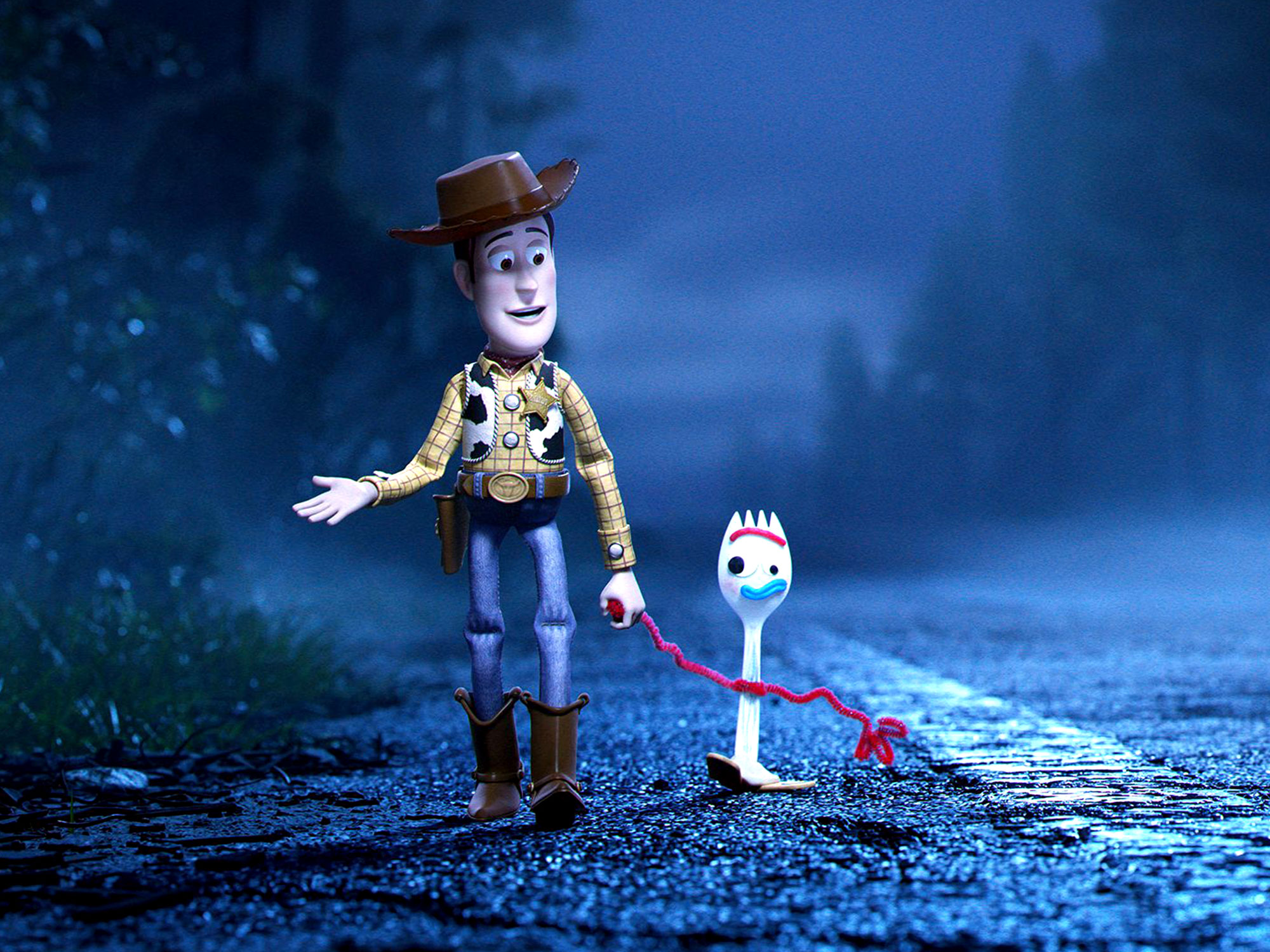
There’s a wonderful moment in the final episode of Mad Men’s first season, in which Jon Hamm, resplendent as advertising executive Don Draper, is pitching Kodak a new advertising campaign for their latest slide projector. “Nostalgia,” he says. “It’s delicate… but potent.” This statement comes to mind whenever Hollywood spits out another property derived from an existing franchise, be it prequel, sequel, reboot or ‘sheboot’; a reliance on collective audience familiarity to sell films is nothing new, but perhaps due to sheer volume in the present age of cinema, feels more significant. So far this year, out of 11 films released in the UK targeted solely at the under-12 market, all but three have been extensions of existing titles.
Disney (and by extension Pixar) have always been at the forefront of cash cow filmmaking, but with Toy Story 2 in 1999 Pixar achieved that rarest of things: a sequel widely considered to be as good as, if not better than, the original. They achieved another critical and commercial win a decade later with Toy Story 3, which felt like a fitting send-off to Woody, Buzz, Jessie and the gang, but in spite of this apparent final chapter, a sequel to the threequel was announced in 2014. Since then, Pixar have produced six more features (three of which were sequels), including their highest grossing film to date, Incredibles 2.
John Lasseter, who had overseen Toy Story and its first sequel, was supposed to co-direct Toy Story 4 alongside Josh Cooley, promoted after working as a storyboard artist and screenwriter on various Pixar properties since he began at the company as an intern in 2004. Lasseter’s unceremonious exit last year following sexual misconduct allegations by numerous members of Pixar staff left Cooley alone at the helm, with franchise mainstays Tom Hanks, Tim Allen, Annie Potts all returning and a star-studded cast of new faces joining the fun, including Tony Hale as an anthropomorphic spork name ‘Forky’, Christina Hendricks as a sinister china doll called Gabby Gabby and Keanu Reeves as diminutive Canadian stuntman Duke Kaboom.

After parting ways with original owner Andy at the end of Toy Story 3, the gang are now living with four-year-old Bonnie, who is nervous about starting kindergarten. With gentle encouragement from Woody, she creates a new friend at school, using a plastic spork and some lollipop sticks. Forky, as he is christened, suffers an immediate existential crisis at the prospect of turning from trash to toy. His repeated attempts to return from whence he came frustrate Woody, until the shenanigans lead him to an old friend, long thought gone forever: Bo Peep. Now a toy without a child, Bo is happily making her own destiny, which is an alien concept to Woody.
In one way or another, all Toy Story films are about moving on. From Buzz’s struggle to differentiate between reality and fantasy in the original to the gang’s heartache over Andy going to college in Toy Story 3, the films are some of the most profound in Pixar’s canon, demonstrating the company’s unique talent for combining beautiful animation with genuinely moving storytelling. To think of Toy Story is to think of Buzz Lightyear sprawled on the floor, arm broken, after realising he isn’t a real space ranger, or Jessie reminiscing about her heartbreak over being abandoned by the little girl she belonged to. There’s a certain irony, then, in the fact that Disney Pixar would choose to make the fourth film in the Toy Story franchise about the inability to make peace with the future.
Definitely the weirdest Toy Story film to date – and quite possibly the weirdest Pixar film – there are unsettling ventriloquists’ dummies, a scheming stuffed unicorn and the motor-mouthed duo of Key and Peele to contend with in the new instalment. Cutaway gags, an inventive chase scene involving a cat and Tony Hale on top form as the neurotic fork-creature at the heart of the story all contribute to the film’s charm and infectious warmth. It’s also a beautiful film to look at; the matte-ness of ’50s manufactured Woody contrasts from Bo Peep’s porcelain design, which clinks pleasingly when she moves. Forky’s own design, so pleasingly naive, suggests to viewers that all a child really needs is imagination, and that the most unlikely sources can provide creative inspiration.
Perhaps that’s what makes Toy Story 4 feel so strange to behold: for all its pleasing upbeatness about imagination through play, Woody, Buzz and co exist as part of a corporate monolith. Seemingly without any sense of irony, Disney are hawking a ‘Make Your Own Forky’ kit. It bears repeating: Forky is made of trash. The Toy Story trilogy was perfect without an epilogue, and as sweet as it may be, the relentless need to cling on to the delicate, potent collective nostalgia we have hinders us from finding new stories to tell. Pixar is still at the forefront of innovating in this manner, as Inside Out and Coco demonstrated, but Toy Story 4, for all its charm, feels like retreading old ground.
The post Toy Story 4 appeared first on Little White Lies.
![Forest Essentials [CPV] WW](https://s3-us-west-2.amazonaws.com/pcw-uploads/logos/forest-essentials-promo-codes-coupons.png)
0 comments